Build Your Nations on the Spiritual Platform
The sage does not make any distinction on the basis of color, intelligence or species. He sees every living entity as a small particle of spirit soul.
By His Divine Grace A.C. Bhaktivedanta Swami Prabhupada on ~Featured~, Bhagavatam / Gita Classes
The sage does not make any distinction on the basis of color, intelligence or species. He sees every living entity as a small particle of spirit soul.
By BTG Editors on Temples
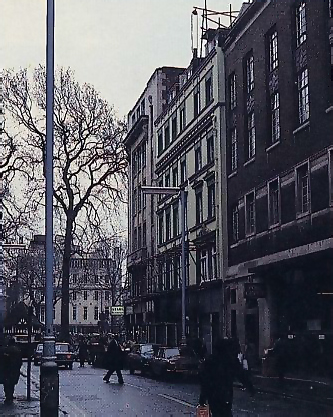
In London on Soho Street just off Oxford Street, English devotees of Lord Krsna have opened a new cultural center that includes a temple, a theater, and a vegetarian restaurant.
By Ramesvara Swami on Bhagavatam / Gita Classes
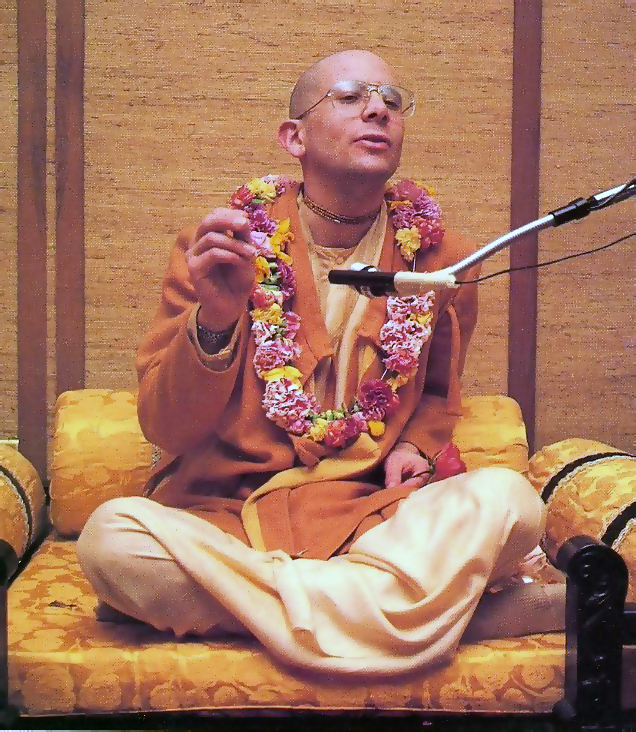
The original consciousness of the self cannot be awakened as long as it is contaminated by material affection. The soul in his pure state does not want anything material.
By Madhudvisa dasa on Bhagavatam / Gita Classes, ~Featured~
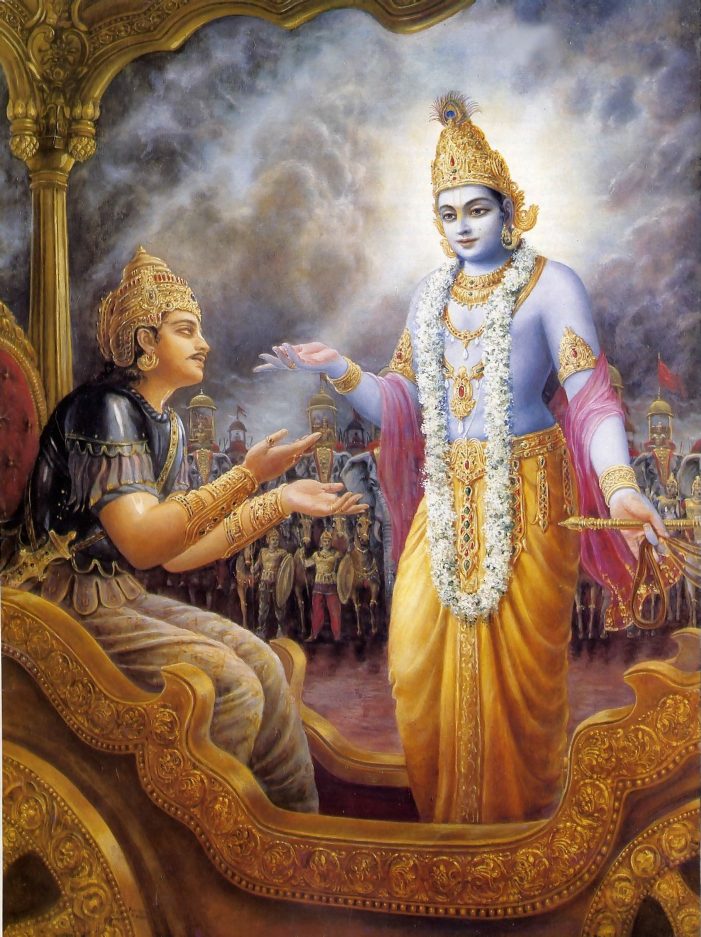
Knowledge is the solution. And for knowledge we have to go to the right person, the one who has actually seen or experienced the Absolute Truth. Unless we find such a person there is very little chance for our making spiritual advancement.
By BTG Editors on Temples, Festivals
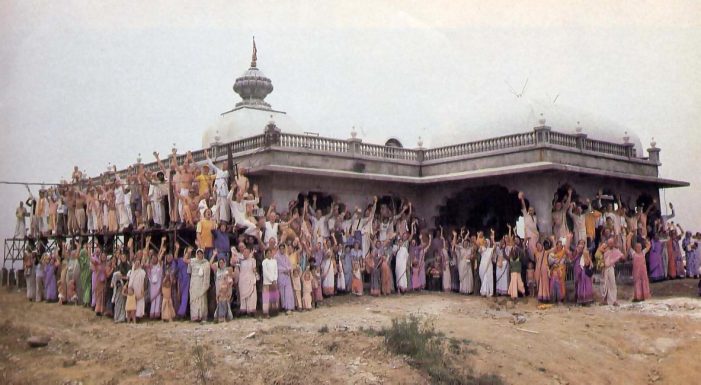
Something of a minor marvel is taking shape in the hills of Marshall County, where members of the Hare Krishna religious community have sacrificed over the past four years to complete a “labor of love”—a temple in honor of their spiritual master.
By BTG Editors on Temples
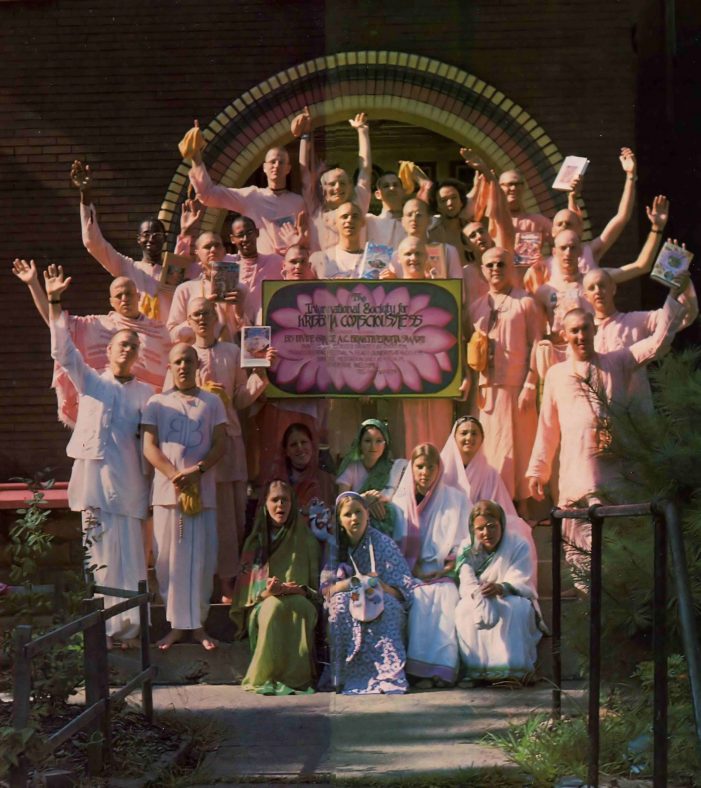
Devotees outside the St. Louis center of the International Society for Krishna Consciousness. 1976.
By Visakha devi dasi on ~Featured~, Temples
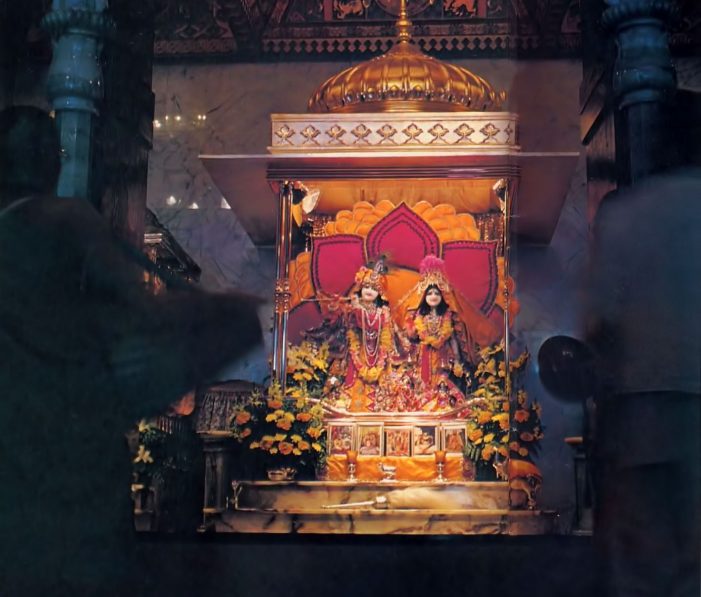
For thousands of years devotees in India have known that we can personally see and serve the Lord in His Deity form. Now, to the Western mind this idea may seem unfamiliar, but it’s easy to understand.
By BTG Editors on Temples
Find out more about Krishna consciousness in this issue of BACK TO GODHEAD magazine.
By Baradraja dasa on ~Featured~, Temples

After instructing the sculptor on the few changes I wanted made, I saw two rough chunks of marble—one white and the other black—that were to become the Deities of Balarama and Krishna. I was spellbound.
By Gurudasa Swami on Temples
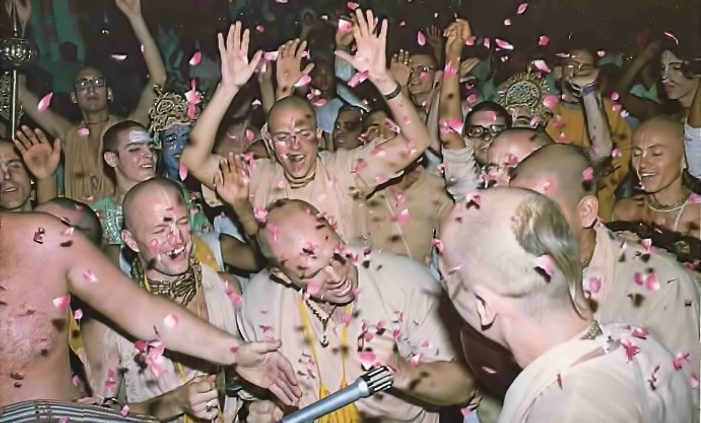
I first learned of Srila Prabhupada’s plan for a “heaven on earth” in Vrindavan, India in May of 1970. He asked me to investigate a report that the king of Bharatpur wanted to give us one of his many Vrindavan palaces.
By BTG Editors on ~Featured~, Temples
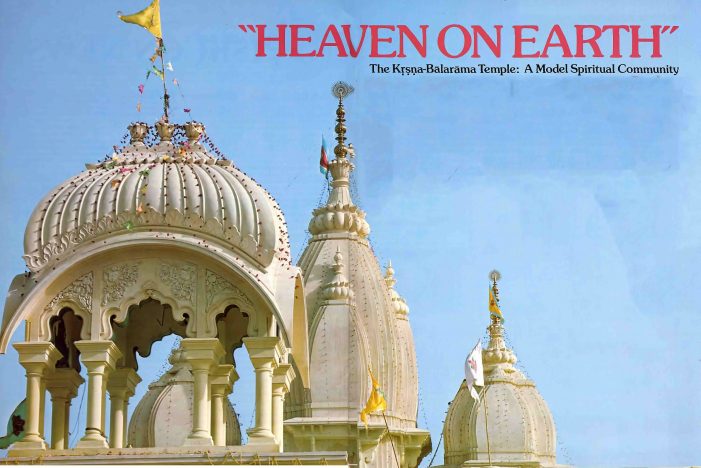
We want to attract people from all over the world to visit the holy land of Lord Krishna’s birth—and to provide nice facilities for them when they come. Vrindavan is a land of great spiritual potency. Anyone who visits will automatically chant the holy names of the Lord.
By Candidasa dasa on ~Featured~, Temples
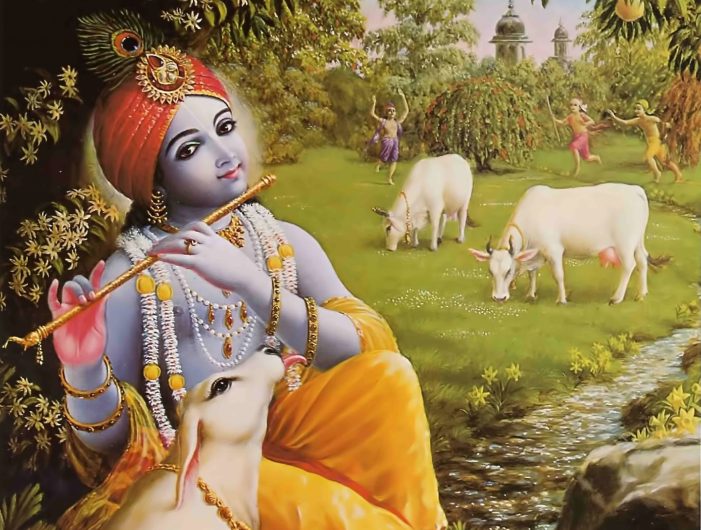
Many people think God is formless or void. But by using a little logic we can easily understand that if God is our eternal father, He must have form.
By BTG Editors on Temples
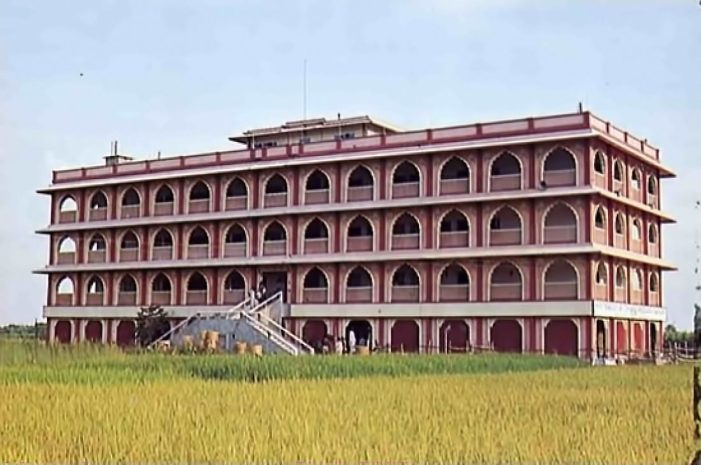
It was at Sridhama Mayapura, almost five hundred years ago, that the Supreme Lord descended to this world as the great teacher Sri Krishna Caitanya Mahaprabhu to propagate the chanting of
By BTG Editors on Temples
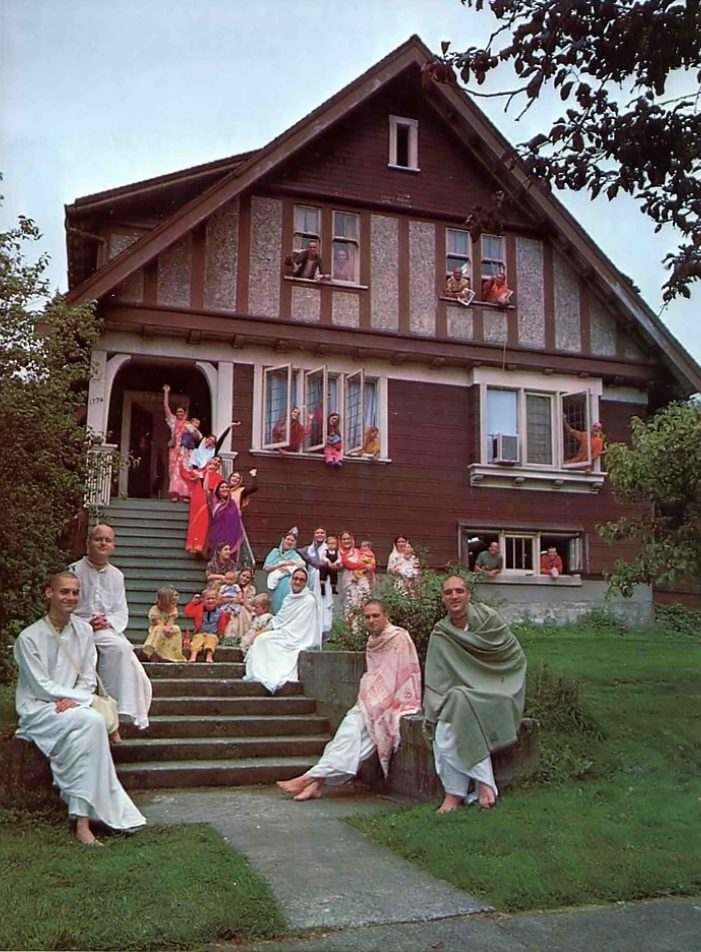
People chant Hare Krishna for lots of reasons. Some people are just curious. Some want material benefits, or relief from anxiety. But the best reason to chant Hare Krishna is to get to know Krishna, the Supreme Personality of Godhead.
By Jayadvaita dasa on Temples
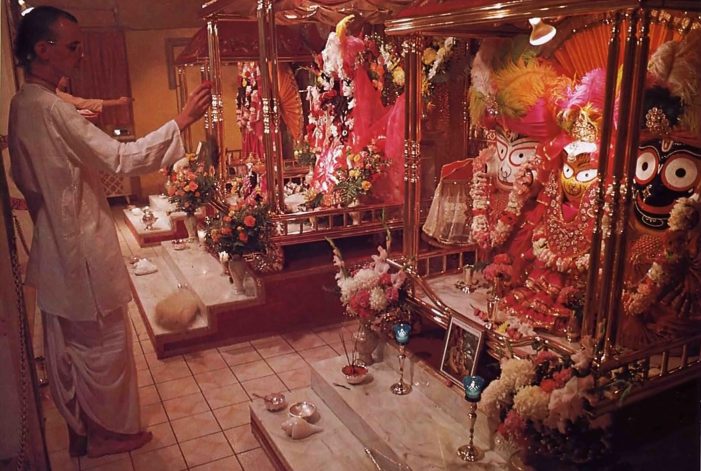
Some hesitate to join the Ratha-yatra parade, remembering God commands, “Thou shalt not worship a graven image.” What about this? Are the Hare Krishna people really idol worshipers?
By BTG Editors on Temples

Over the past nine years Prabhupada has established ISKCON centers in over seventy major cities. His message is clear: Chant Hare Krishna, and your life will be sublime.
By BTG Editors on Temples
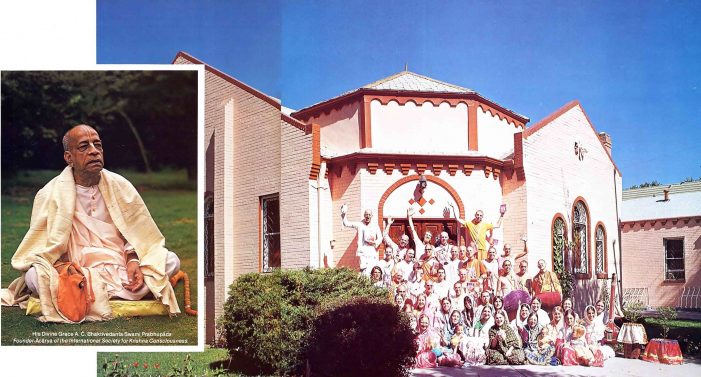
Many of the spiritual seekers who come to Denver don’t really know what they’re looking for. They may sense that material happiness isn’t enough for them, and they may be looking for spiritual life, but they have only a vague idea of what that spiritual life might be.
By BTG Editors on Temples
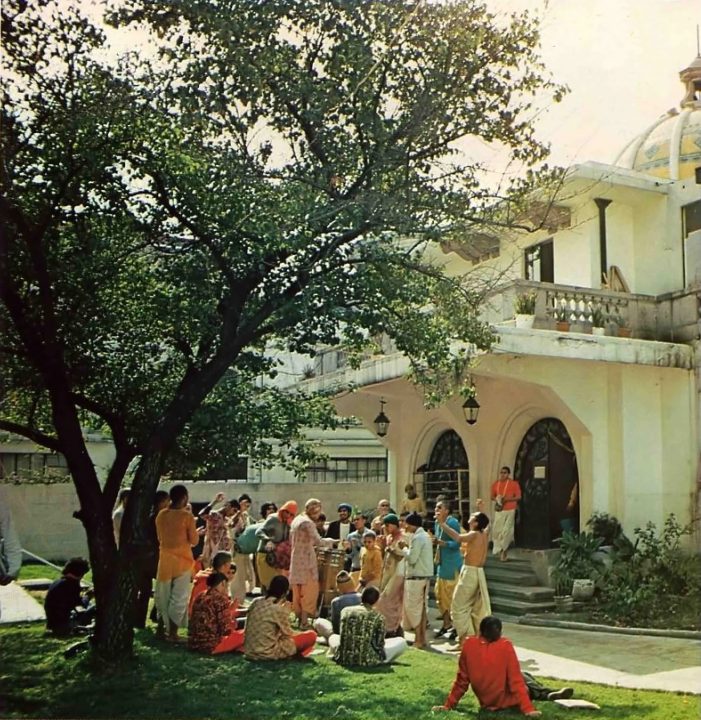
A few blocks from the house of Mexico’s president lies the Mexico City Hare Krishna Temple, one of the many centers of the International Society for Krishna Consciousness that have appeared in Latin America in recent years.
By BTG Editors on Temples
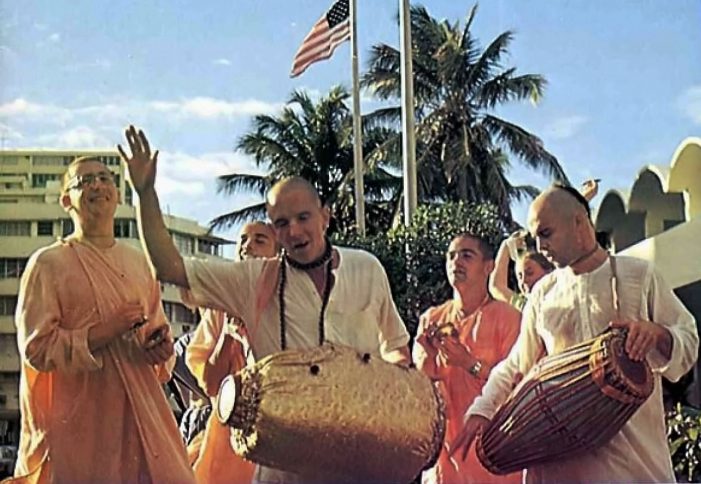
In New York the airlines advertise, “Enjoy peaceful Puerto Rico.” And in Puerto Rico they say, “Find satisfaction in New York.” But, really, going from one place to another in this material world won’t help us find the peace we want.
By Pusta Krishna Swami on Bhagavatam / Gita Classes
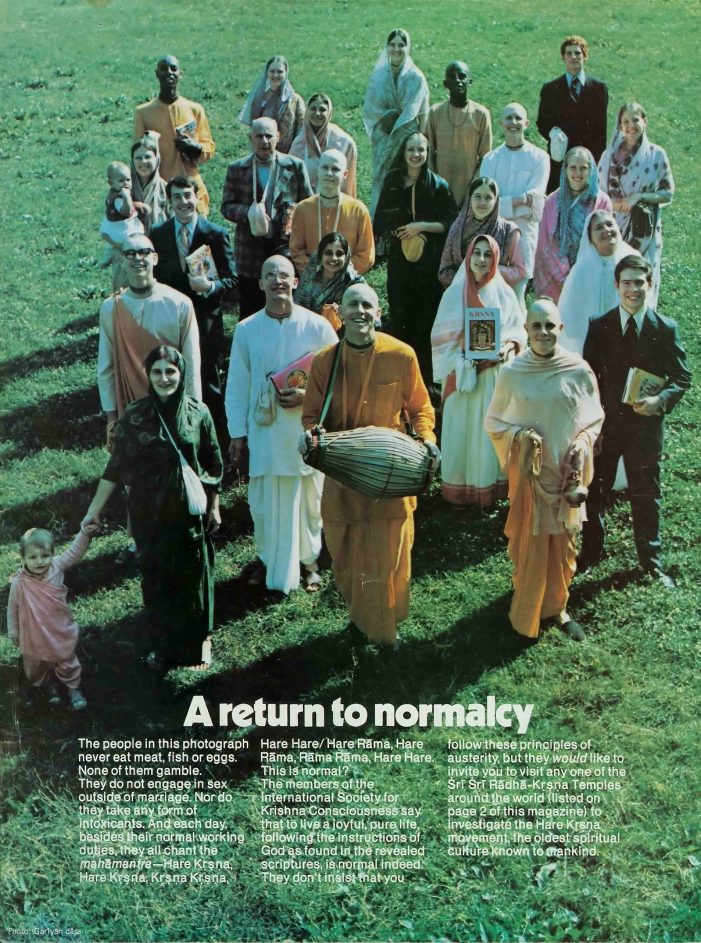
The human body is an opportunity to become free from repeated birth and death. The soul is eternal and by nature full of bliss and knowledge but the material body gives rise to distress.
